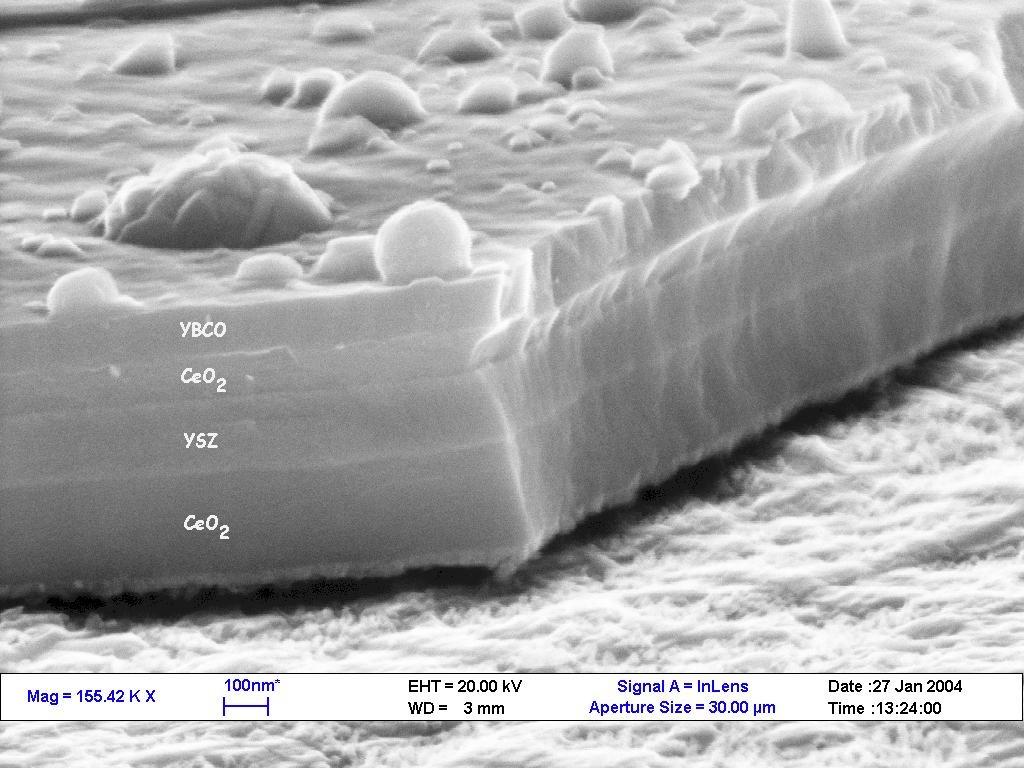Superconductivity
The Superconductivity Section of ENEA engages in research, development and design of superconducting materials and systems, mainly applied to nuclear fusion, transport, and energy production. Its primary scientific and technological field is therefore applied superconductivity, with particular regard to development and design of power devices, cables and superconducting magnets.
The current Superconductivity Section of ENEA − numerically the largest Italian research and development group working on applied superconductivity − originated in the first Italian group to deal with superconductivity, founded in Frascati in 1961. Its skills base ranges from physics and materials science, chemistry, mechanical and electronic engineering and metallurgy to cryogenics.
The activities of the group include study of superconducting materials, synthesis of materials, analysis of electrical and magnetic properties, development of wires and tapes based on these materials, and design and production of high current conductors and cables for large magnets suitable for containing plasma in reactors for the study of nuclear fusion.
Research and development activities focus on various types of superconducting materials:
- traditional Nb-based materials, called low critical temperature superconductors (LTS), concentrating on study and optimization of the material and on design and production of superconducting cable prototypes for high field magnets, with the final outcome consisting in production of a model of superconducting cable for use as a part of the ITER magnetic system;
- copper oxides (cuprates), called high critical temperature superconductors (HTS), studied here since the early 1990s, with focusses on basic research into superconducting properties, on film deposition processes, on study of fluxonic dynamics, and on applied research to optimize and develop conductors;
- the latest iron-based materials (IBS), in-depth study of which is ongoing, on the materials’ properties and synthesis.
The laboratories boast various physical thin film deposition systems. Recently, the group also set up a chemical laboratory for the preparation of metal organic solutions and for chemical deposition of films. The group possesses structural characterization systems, optical, atomic force and scanning electron microscopy systems with relative laboratory for preparation of standards, and systems for electrical and magnetic characterization of superconducting properties. For cables and high power devices, test systems up to 20 kA are also available, with the possibility of cooling with liquid nitrogen or supercritical helium flow.
These activities take place within the framework of national and international projects, e.g. participation in the European programmes for development of nuclear fusion under EUROfusion and ITER IO, and design work on the magnetic system of the DTT experimental reactor at the ENEA centre in Frascati.
The section engages in teamwork with all the main universities, research centres, institutions and laboratories active internationally in the superconductivity sector. We also note numerous instances of teamwork with Italian industrial concerns in the applied superconductivity field, as a part of the section’s research and development activities as a whole.





